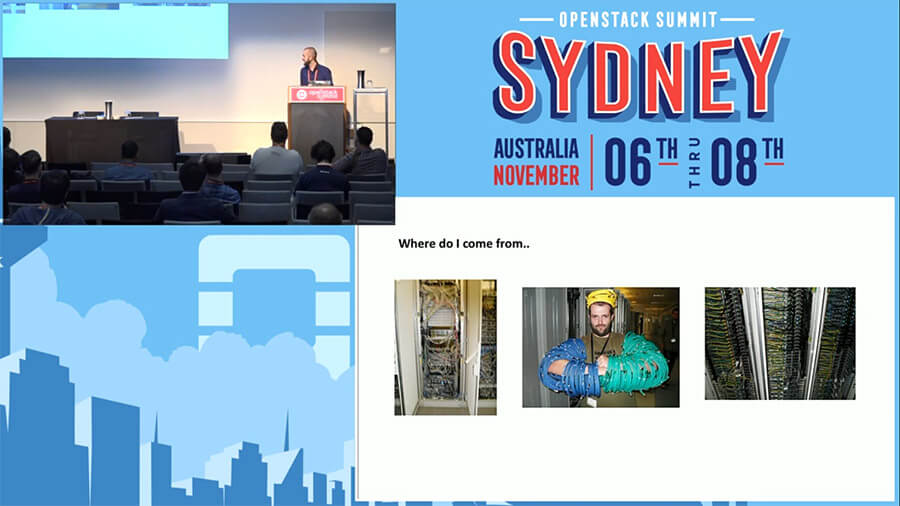With sponsorship of a few ProSiebenSat.1 engineering groups, the central IT team within the Global CIO office set out to explore state-of-the-art, unified software development and IT infrastructure. The team sought a single platform that could meet all business units’ needs – availability, cost, security, and time-to-market.
Other entertainment, online commerce, and gaming companies had recently adopted OpenStack open source private clouds, which made this platform a practical place to start the search. Furthermore, OpenStack could offer flexible and automated Infrastructure-as-a-Service (IaaS) to enable the company’s emerging DevOps culture.
The new platform, however, had to support a direct connection with AWS for bi-directional workload migration based on an application’s availability, cost, scale, or security needs. Other requirements included usage visibility and billing charge backs, as well as performance and uptime transparency. Lastly, the global IT team wanted a truly open platform they could constantly improve.
“Our goal is to design a platform that will be used throughout the business, that incorporates all the latest IT best practices,”says Bosc.
Solution
Within the centralized platform search, the ProSiebenSat.1 global IT team wanted to validate an existing workload and believed a cloud-ready web application would be a good choice. Furthermore, validating an application running on AWS that showed improved flexibility, cost, and security would help reach their goals.
The first step of the Central Technology Initiative, however, was to design and test a platform architecture in a high availability environment where a server failure would have no impact on uptime. This required an integration with ProSiebenSat.1’s existing load balancing solution.
OpenStack Platform and Mirantis Services
Global IT evaluated the OpenStack cloud platform and quickly found it met the company’s needs. Developers could access resources through APIs without talking to IT, whichwould reduce provisioning times from days to minutes. Operations teams could allocate resources but still maintain control through quotas and identity services. And both teamshad visibility of available and used resources through portals and dashboards.




